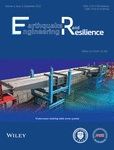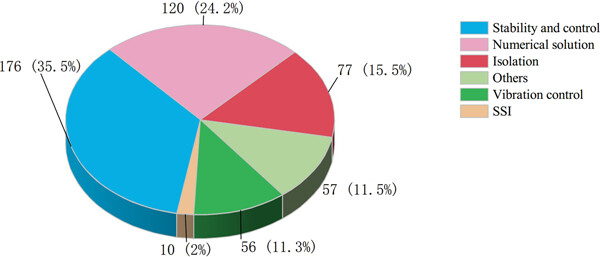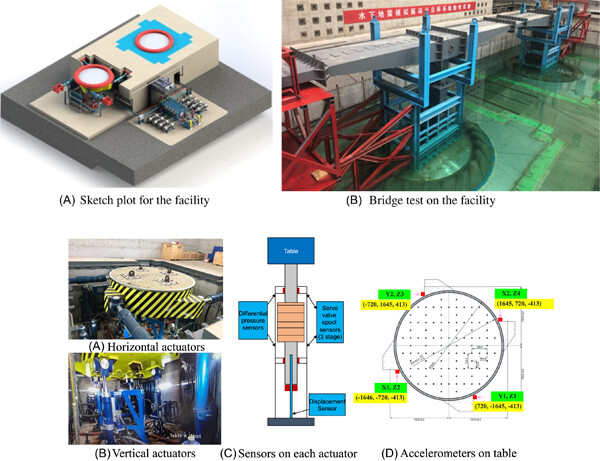Journal list menu
Export Citations
Download PDFs
ISSUE INFORMATION
REVIEW
State of the art and development trends in numerical simulation for real-time hybrid simulation
- Pages: 245-267
- First Published: 31 October 2022
RESEARCH ARTICLES
Seismic zoning maps of the National Capital Region (NCR) of India
- Pages: 268-301
- First Published: 03 November 2022
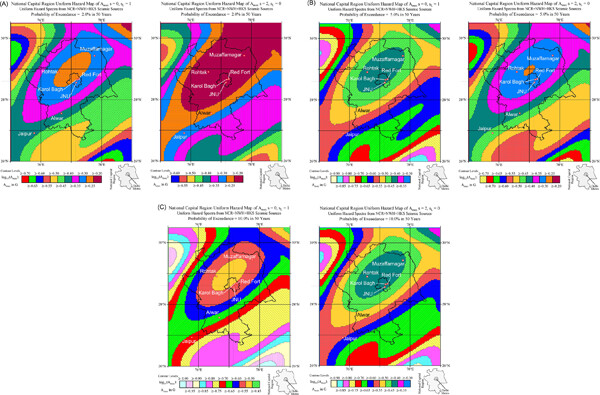
Map of uniform hazard spectra (UHS) of pseudo relative velocity (PSV) from three different attenuation equations to model the contributions of local earthquakes around the region and distant earthquakes in northwestern Himalaya and Hindu Kush sources. We present such hazard maps for nine possible combinations of three different local geological site conditions (sediments, intermediate sites, and basement rock sites) and three different soil site conditions (“rock,” stiff soil sites, and deep soil sites).
High-frequency decay of Fourier spectra of strong motion acceleration and nonlinear site response
- Pages: 302-316
- First Published: 03 November 2022
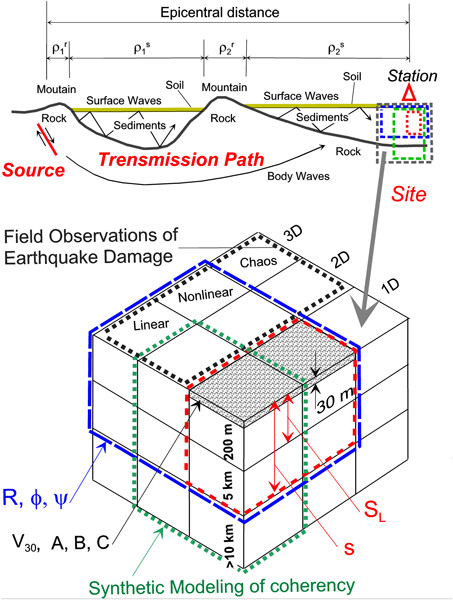
We examine how the decay of high-frequency amplitudes of Fourier spectra of strong earthquake ground acceleration (described in seismological literature by the slope parameter κ) depends on soil and geological site conditions at recording stations in the Los Angeles metropolitan area. We then introduce a Gedanken numerical experiment in which we analyze nonlinear wave motion in shallow soil and show that it also leads to a similar decay of high-frequency spectral amplitudes. The results of both studies are consistent with the interpretation that the high-frequency Fourier spectra decay of strong motion acceleration described by κ occurs at the recording site near the ground surface.
Digital twins for the underwater shake table array facility
- Pages: 317-335
- First Published: 02 November 2022
Research on numerical solution algorithm for real-time hybrid simulation of high-speed railway on suspension bridge
- Pages: 336-349
- First Published: 07 November 2022

In this paper, long-short-term memory (LSTM) is applied to the coupling vibration study of the train-bridge system, and an RTHS framework for semi-active vibration damping device-train-suspension bridge coupling is established to illustrate the test logic and feasibility, and a dynamic response solution method of numerical substructure based on LSTM is proposed. Then, the feasibility of the network models in RTHS was analyzed, and the predicted performance of the trained network models was evaluated by time course comparison, regression analysis, and normalized error distribution. Finally, the LSTM was applied to a train-bridge RTHS, verify its accuracy and real-time performance, and the results show that the proposed method can effectively improve the accuracy and efficiency of solving the numerical substructure.
A cross validation-Voronoi and entropy based adaptive sampling strategy for uncertainty quantification through hybrid simulation
- Pages: 350-370
- First Published: 02 November 2022
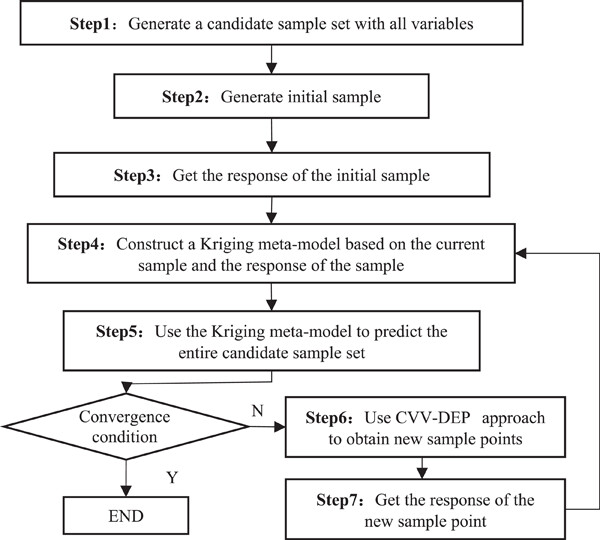
An effective sampling method is proposed and evaluated in this study by integrating cross validation-Voronoi (CV-V) and entropy (EP) strategies. Computational simulations of hybrid tests of two different nonlinear systems are further conducted using the proposed method for uncertainty quantification. The proposed method is demonstrated to provide great potential for uncertainty quantification through hybrid simulation.
Hybrid simulation method with restoring force correction for structural testing characterized by incomplete boundary conditions
- Pages: 371-388
- First Published: 02 November 2022
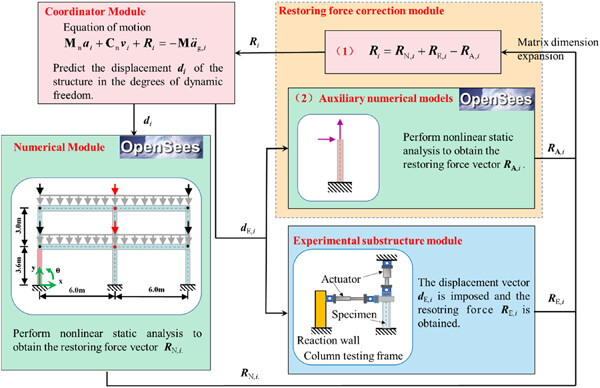
Due to limited equipment resources of structural laboratories, the complex boundary conditions of the experimental substructure were often not completely realized in hybrid simulations. This paper proposed a method to deal with the incomplete boundary conditions in hybrid simulations by correcting the restoring force of the experimental substructure with an auxiliary numerical model.




